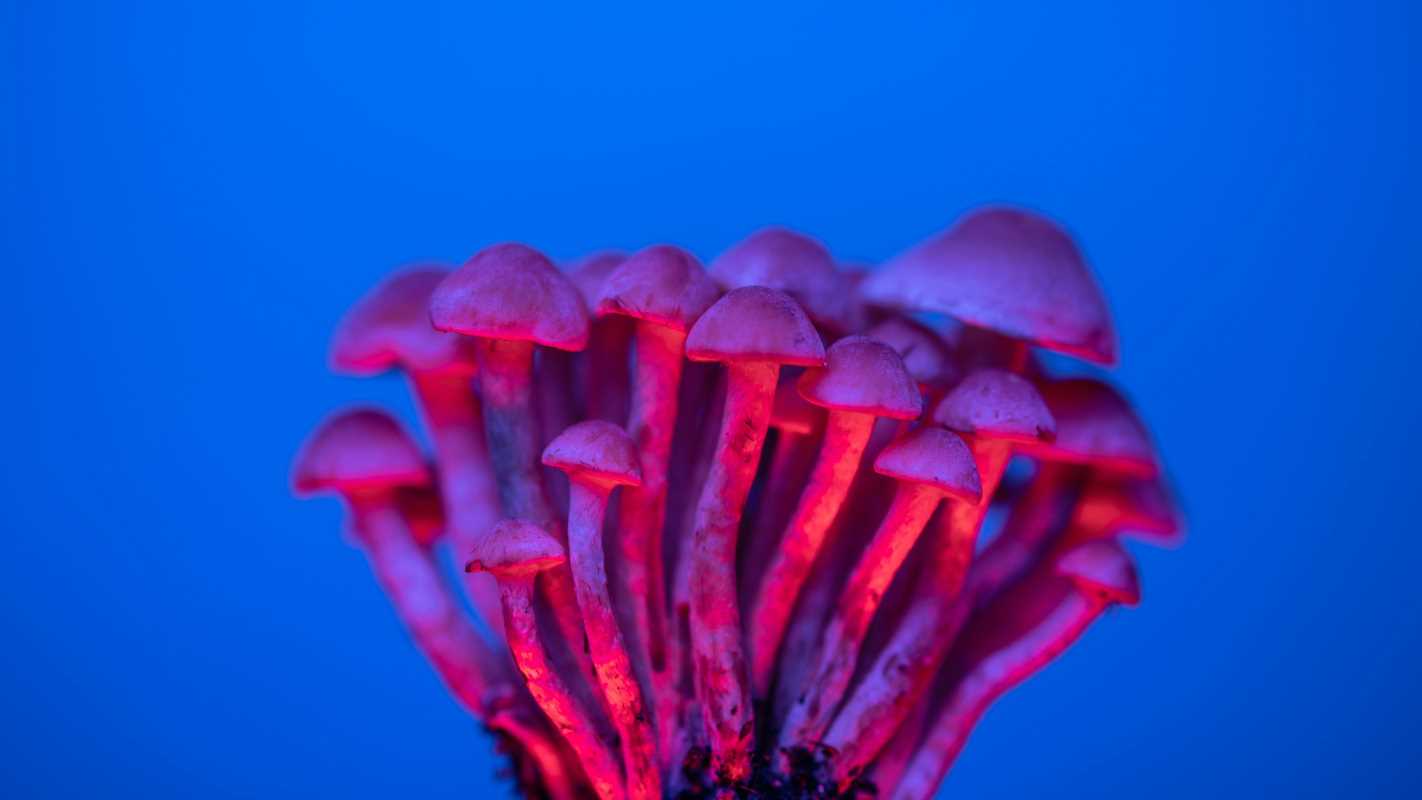For decades, the treatment of mental health disorders like PTSD, depression, and anxiety has often involved a combination of psychotherapy and medications. Yet, for many individuals, these approaches fail to provide lasting relief. A groundbreaking field is emerging that could redefine the way we think about treating these conditions: psychedelic-assisted therapy. By leveraging substances like MDMA and psilocybin in controlled, therapeutic settings, this approach is showing immense promise for transforming mental health care.
This method isn’t about recreational use; it’s about science-backed applications of psychedelics as tools for healing. With recent studies and clinical trials offering compelling evidence, we’re taking a closer look at how this treatment works, the potential benefits, and the hurdles that still need to be overcome.
What Is Psychedelic-Assisted Therapy?
Psychedelic-assisted therapy involves the use of psychoactive substances in conjunction with psychotherapy to treat mental health disorders. Substances like MDMA (commonly known as “Ecstasy”) and psilocybin (found in certain mushrooms) are used to induce altered states of consciousness. These states often facilitate deep introspective and emotional work that may be difficult to access through traditional therapy alone.
The therapy is highly structured. It usually integrates preparatory sessions, guided sessions with psychedelics under close supervision, and follow-up integration therapy to help patients process their experiences. This framework ensures safety, addresses patients’ emotional needs, and applies scientific rigor to a field historically stigmatized.
MDMA and PTSD
MDMA has been one of the most extensively studied substances for psychedelic-assisted therapy, particularly in treating post-traumatic stress disorder (PTSD). Historically associated with rave culture, MDMA takes on a very different role in clinical therapy.
How MDMA Works in Therapy
MDMA enhances the release of serotonin, dopamine, and oxytocin, which collectively reduce feelings of fear while promoting trust, empathy, and emotional openness. These effects make it easier for patients to confront and process traumatic memories without becoming overwhelmed.
Unlike traditional PTSD treatments, which often focus on talk therapy or selective serotonin reuptake inhibitors (SSRIs), MDMA creates an emotional buffer. It allows patients to revisit painful memories in a way that feels less threatening and more manageable.
Research Highlights
Recent clinical trials have shown promising results:
- A 2023 Phase 3 trial conducted by the Multidisciplinary Association for Psychedelic Studies (MAPS) demonstrated that 67% of participants who received MDMA-assisted therapy no longer met the diagnostic criteria for PTSD after three sessions.
- Veterans and first responders, groups often resistant to traditional therapies, were among those who showed significant improvement.
The U.S. Food and Drug Administration (FDA) is anticipated to approve MDMA for therapeutic use in the coming years, potentially paving the way for broader availability.
Psilocybin for Depression and Anxiety
Psilocybin, the active compound in “magic mushrooms,” is making waves for its potential to treat depression and anxiety. Unlike MDMA, psilocybin is a classic psychedelic that induces profound changes in perception, thought patterns, and emotional states.
How Psilocybin Works
Psilocybin primarily affects the brain’s serotonin system. It diminishes activity in the default mode network (DMN), a region associated with introspection and self-criticism, which is overactive in many individuals with depression. By quieting the DMN, psilocybin allows for mental flexibility and breaks rigid thought patterns, often leading to a sense of renewed purpose and emotional clarity.
Therapeutic Outcomes
Clinical studies have highlighted psilocybin’s potential:
- A 2021 Johns Hopkins University study found that two doses of psilocybin, combined with psychotherapy, reduced major depressive symptoms in 71% of participants for at least one year.
- Psilocybin therapy has also shown promise for easing anxiety in terminally ill cancer patients, helping them achieve greater acceptance and peace.
Patients frequently report experiencing "mystical" or deeply meaningful experiences that contribute to long-lasting therapeutic effects. These moments of insight often lead to shifts in perspective and a renewed sense of connection to life.
Benefits Beyond PTSD and Depression
While PTSD and depression are the most well-documented areas for psychedelic research, there’s growing interest in extending these therapies to other conditions:
- Anxiety Disorders: Psilocybin is being explored as a tool for reducing social anxiety and generalized anxiety disorder by promoting emotional flexibility.
- Addictions: Early studies suggest that psychedelics may help interrupt addictive cycles by fostering new insights and reducing the compulsive behavior tied to substance use.
- Obsessive-Compulsive Disorder (OCD): Psilocybin’s capacity to break repetitive thought patterns has sparked interest in its application for OCD.
Ethical and Logistical Challenges
Despite compelling evidence, psychedelic-assisted therapy is not without its challenges. Researchers, policymakers, and clinicians face several hurdles:
Regulatory Barriers
Both MDMA and psilocybin are still classified as Schedule I drugs in many countries, meaning they are considered to have no accepted medical use and a high potential for abuse. This classification creates barriers to research and public accessibility despite existing clinical evidence.
Blinding Challenges in Research
One criticism of psychedelic research is the difficulty of using blind trials. Because the effects of psychedelics are so distinct, participants and researchers often know who received the active substance, which could introduce bias.
Safety Concerns
Although psychedelic therapy is considered safe when conducted in controlled settings, it is not risk-free:
- Patients with a history of psychosis or certain cardiovascular conditions may not be suitable candidates.
- The emotional intensity of psychedelic experiences can lead to temporary distress, emphasizing the need for a supportive environment and trained professionals.
Cost and Therapist Training
Psychedelic-assisted therapy is resource-intensive. Sessions often run for hours and require highly trained therapists to guide patients through complex emotional terrain. Scaling this therapy model while maintaining high standards will be a logistical challenge.
Future Directions and Considerations
With mounting evidence, the future of psychedelic-assisted therapy looks promising. Several efforts are already underway:
- Broadening Accessibility: Organizations like MAPS aim to make these therapies available for marginalized communities and veterans, who are disproportionately affected by PTSD and depression.
- Advancing Research: Studies are expanding into combinations with existing therapies, such as cognitive behavioral therapy (CBT), to enhance effectiveness further.
- Enhancing Education: Programs to train mental health professionals, ensuring they’re prepared to use psychedelics ethically and effectively, are gaining traction.
 (Image via
(Image via





